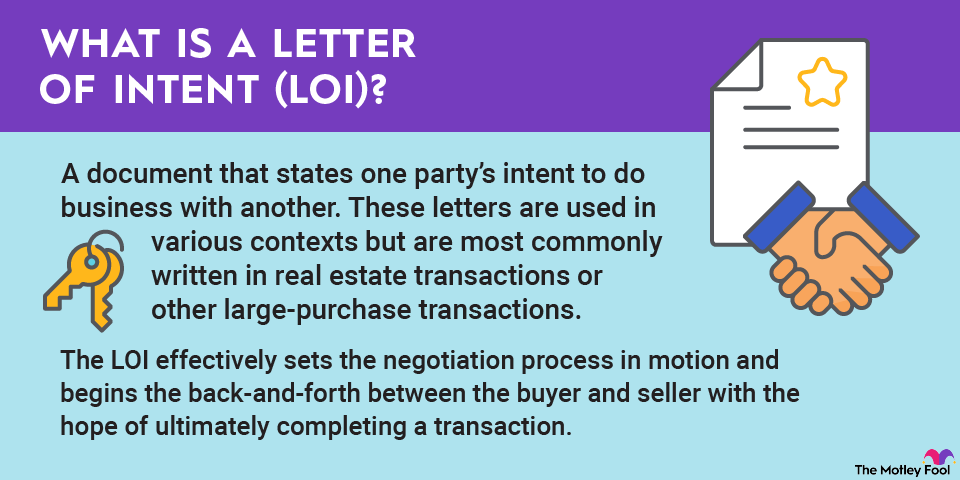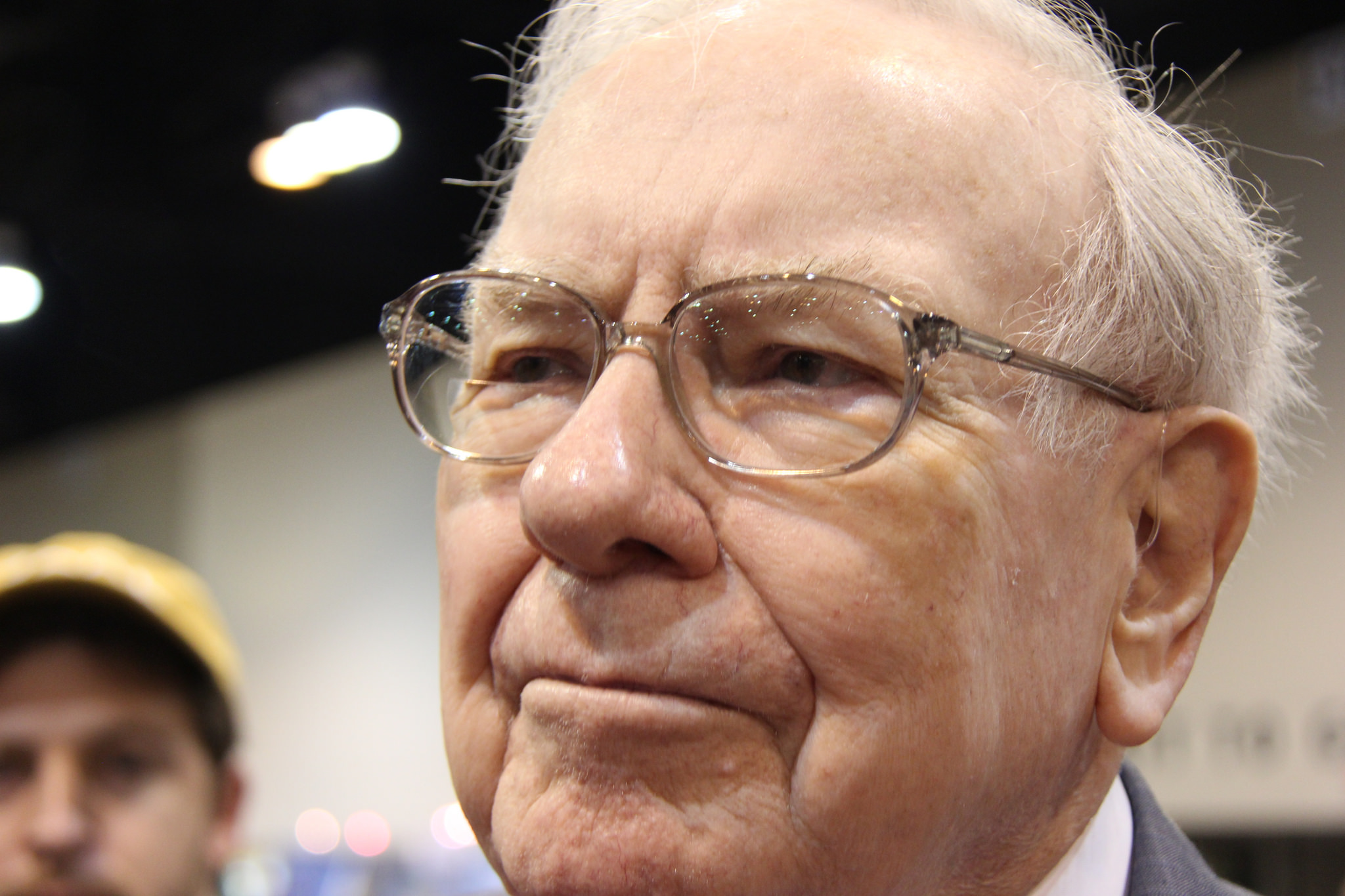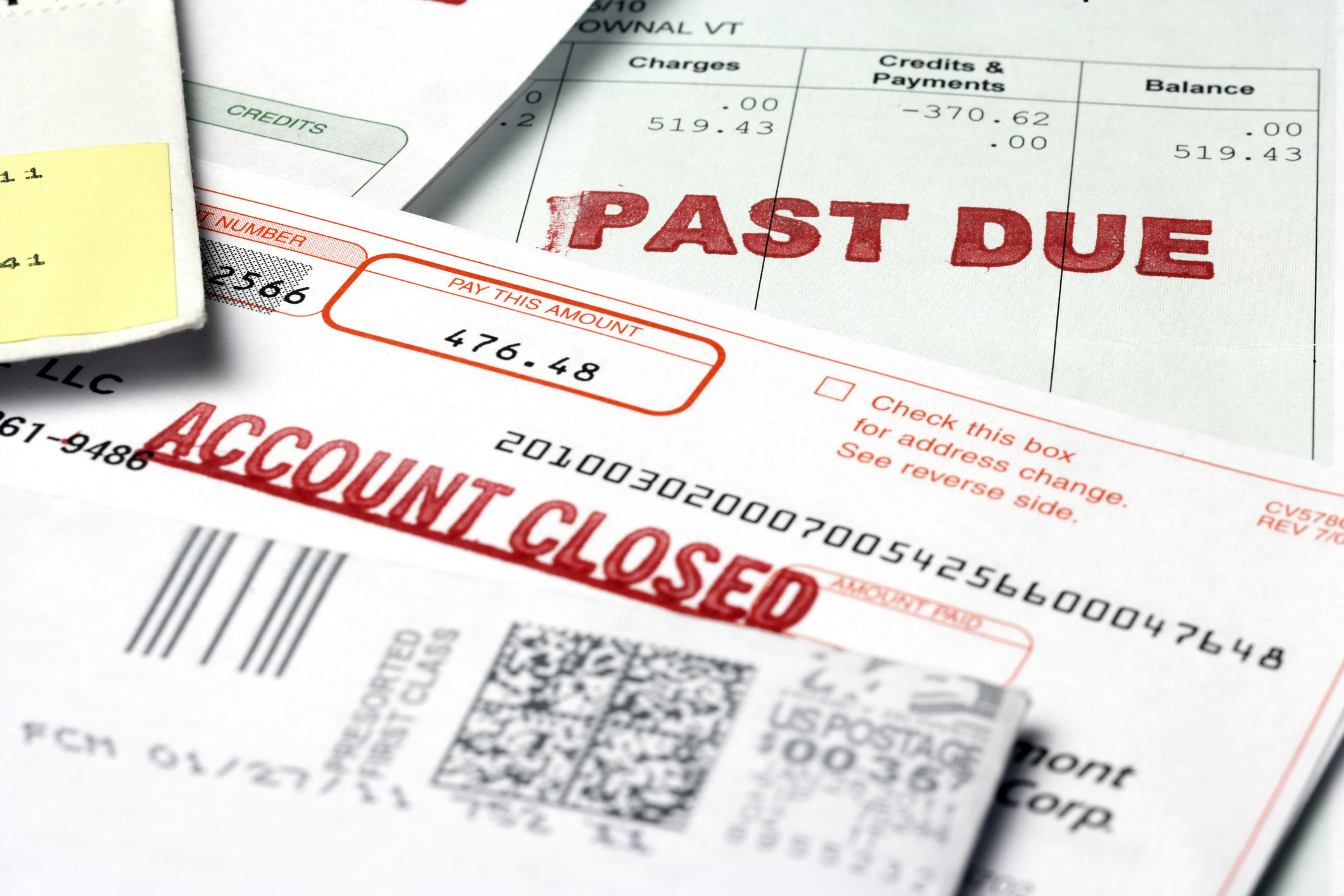A long straddle is an options trading strategy designed to profit from a meaningful price change in an underlying stock or market index. The approach allows investors to make money if the underlying stock or index moves up or down. It offers limitless profit potential while limiting risk.

Understanding long straddles
Investors use long straddles to make money on a stock or index if they believe it will make a major near-term move due to a pending catalyst but they're unsure which direction it will go.
The two-legged options strategy consists of the following:
- A purchased call option with a strike price right at the underlying stock's price.
- A purchased put option with the same strike price and expiration date as the long call option.
The options trade straddles the current stock price, hence the strategy's name. For example, if a stock trades at $100 a share, an investor would buy a $100 call and purchase a $100 put to set up a long straddle. They would pay a net debit (the cost of buying the call and put option) to set up this trade. That debit represents their maximum risk.
The trade would make money as long as the underlying stock or market index finishes above or below the strike price plus the net debit they incurred to set up the trade. For example, if they paid $2 per share for the call (or $200 per contract since each options contract is typically 100 shares) and $2 per share for the put, their combined net debit would be $4 per share ($400 total). Thus, their breakeven on this trade would be $104 on the upside and $96 on the downside. The trade would make money as long as the underlying price closes above or below those breakeven levels. Meanwhile, the options trader would lose money on the trade if it closed anywhere between their breakeven levels, with a maximum loss occurring if the stock closed precisely at the $100 strike price.
What are the risks of using long straddles?
A long straddle positions an options trader to make money on a big upward or downward move in a stock. Further, the trade limits an investor's risk to the net debit they paid to set up the trade.
However, the investor is putting up to that entire amount at risk. The strategy can end in a loss if the underlying stock doesn't make a big enough move to cover the cost of setting up the trade. While the trade uses the same strike price for the put and call option, an investor will pay money to set it up because they need to buy a long call and a long put. If the underlying stock or market index doesn't gain or lose enough to cover this cost, the trade will lose money, with the potential of reaching its maximum loss if the underlying closes at the strike price at expiration.
Why investors use long straddles
Investors use long straddles to profit from the thesis that a stock or market index will make a major move due to a pending catalyst with an uncertain outcome. The catalyst could be an earnings report, the pending approval/denial of a controversial acquisition or drug, or new economic data.
Instead of buying the stock or an exchange-traded fund (ETF) on the underlying index and protecting it with a put (or conversely short-selling the position and hedging it with a call), the trader uses a long straddle because it costs less money to set up. For example, if a stock trades at $100 a share and put and call options at that strike price both cost $2 per share, they'd need to pay $10,200 to buy 100 shares and a put option to protect the position. That compares to only $400 to set up a long straddle on the same underlying position.
Related investing topics
A long straddle example
Investors use long straddles because they believe a stock or market index will make a big move in the relatively near term but are unsure about the direction. For example, an investor believes that tech titan Microsoft (MSFT -1.00%) will make a meaningful move in the coming months due to a myriad of potential catalysts. A positive earnings report or new artificial intelligence product could send it higher, while a market sell-off or poorly received earnings report could send shares downward.
With the stock trading at around $420 per share, they set up a long straddle striking at $420 that expires in three months. They buy the $420 call for $25.50 and the $420 put for $18.75 per share, putting their net debit at $44.25 per share (or $4,425 per contract).
The trade will make money if Microsoft stock moves above $464.25 or below $375.75 per share (about an 11% move). However, if Microsoft finishes between $464.25 and $375.75 per share, the trade would lose money, with the maximum loss occurring if it closes at $420 per share at expiration.


















